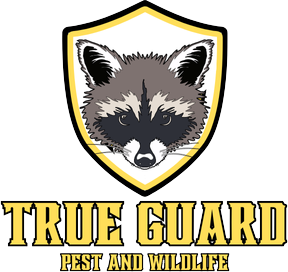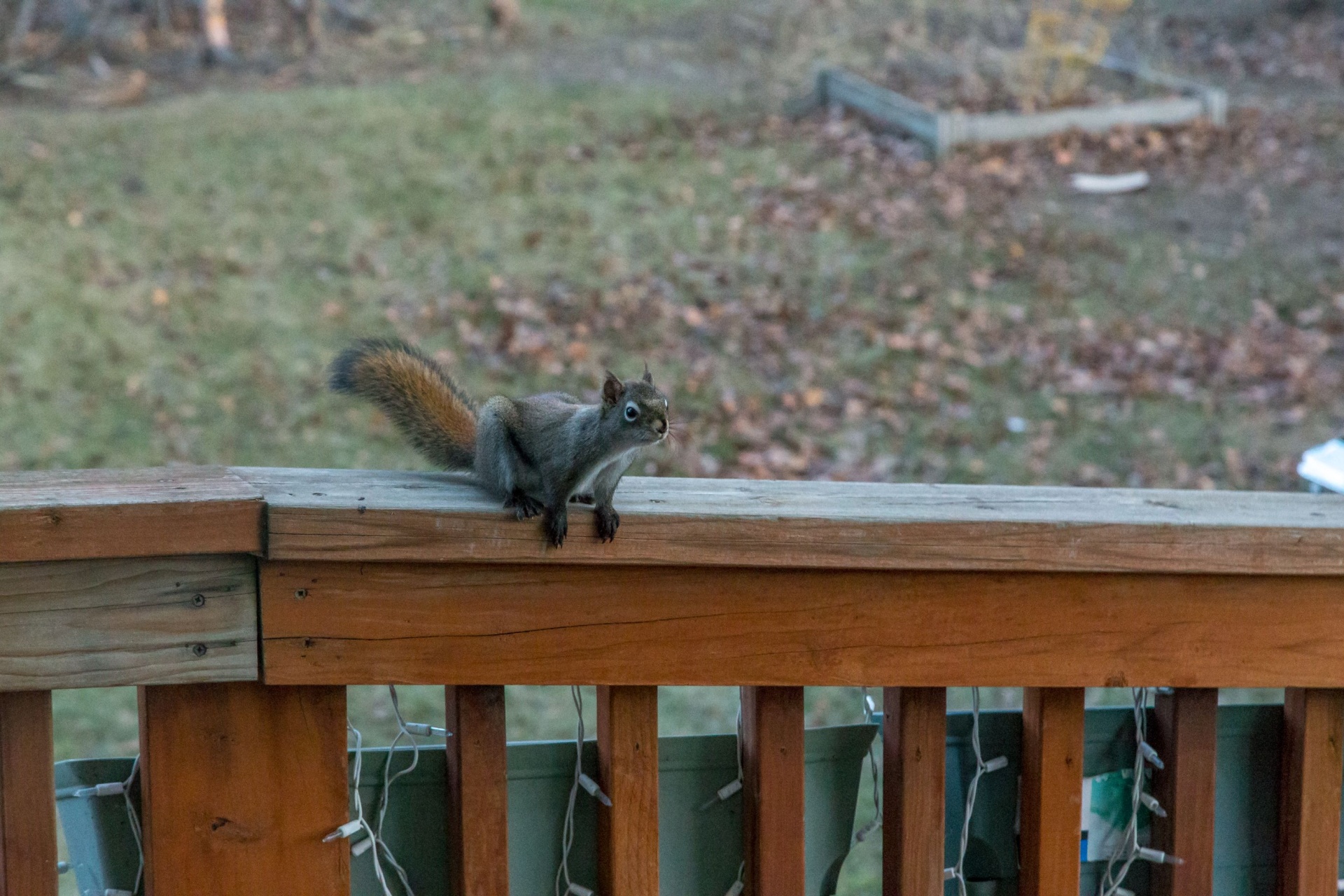While the mole itself remains a fleeting shadow beneath the soil, its passage across our lawns and gardens leaves a distinctive, if sometimes subtle, signature. Understanding what mole tracks look like is akin to learning a new language – the language of the lawn, etched in raised earth and disrupted surfaces. These “tracks” aren’t paw prints in the traditional sense, but rather the telltale evidence of their subterranean journeys, offering clues to their presence, activity, and the extent of their underground network.
The Undulating Highway: Surface Ridges
The most common and easily recognizable mole “track” is the surface ridge. These appear as raised, linear swellings in the lawn, often snaking across the turf in irregular patterns. They are formed as moles tunnel just beneath the surface, pushing up the soil as they move. These ridges are typically a few inches wide and slightly elevated, giving the lawn an uneven, rippled appearance. The soil within these ridges often feels loose and spongy underfoot.
It’s important to note that these surface ridges are usually temporary foraging tunnels, used by moles as they hunt for insects and earthworms close to the surface. They may appear and disappear relatively quickly as the mole explores new areas. The presence of numerous surface ridges indicates active mole populations and extensive near-surface exploration.
The Subterranean Superhighway: Deeper, Less Visible Paths
While surface ridges are readily apparent, moles also create deeper, more permanent tunnel systems. These “tracks” are less directly visible but can be inferred from other signs. Areas where the ground feels consistently soft or “squishy” when walked upon, even without a visible ridge, can indicate a main tunnel running just below. These deeper tunnels are the moles’ primary routes for travel and access to different parts of their territory.
Furthermore, the alignment of molehills can sometimes provide a clue to the direction of these deeper tunnels. Molehills are the exit points where moles push excavated soil to the surface. While seemingly random, a series of molehills in a relatively straight line may suggest the path of a main tunnel system.
Distinguishing Mole Tracks from Other Subterranean Activity
It’s crucial to differentiate mole tracks from the signs left by other burrowing creatures:
- Vole Runways: Voles also create surface runways, but these are typically shallow, well-defined paths on top of the grass, where the vegetation has been clipped short. Mole ridges are underneath the grass, lifting it. Vole runways often have visible entrance and exit holes about 1-2 inches in diameter.
- Gopher Mounds: Gopher activity is characterized by distinct, horseshoe or crescent-shaped mounds with a visible entrance hole. While gophers also create tunnels, their surface disturbance is generally localized around these mounds and doesn’t typically form the long, winding ridges characteristic of moles.
- Ant Mounds and Earthworm Castings: These are much smaller and more localized than mole activity. Ant mounds are typically small piles of fine soil with visible ant activity, while earthworm castings are small, granular piles of digested soil.
What Mole Tracks Tell Us
By carefully observing the characteristics of mole tracks, we can glean valuable information:
- Presence and Activity: The appearance of fresh surface ridges and new molehills indicates an active mole population.
- Foraging Patterns: The meandering paths of surface ridges can suggest where moles are actively searching for food.
- Tunnel Systems: The alignment of molehills and areas of soft ground can offer clues to the layout of their deeper, more permanent tunnel networks.
- Extent of Infestation: A widespread network of surface ridges and numerous molehills suggests a larger mole population and a more extensive underground territory.
While moles themselves are rarely seen, their tracks – the raised highways beneath the lawn and the scattered volcanoes of soil – tell a clear story of their presence and activity. Learning to read this language of the lawn allows us to understand the subterranean world beneath our feet and to better assess and manage the impact of these fascinating, if sometimes disruptive, inhabitants.








